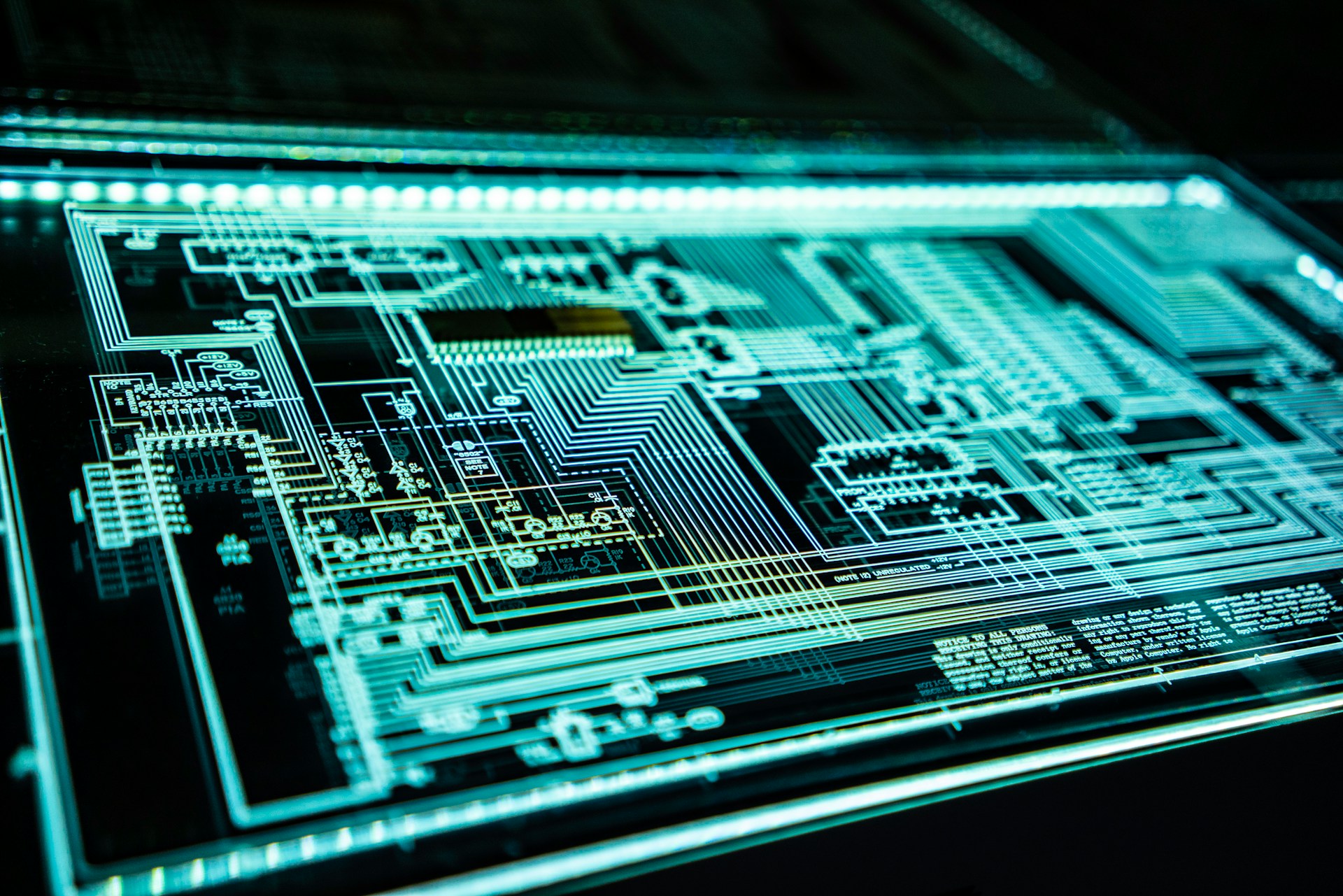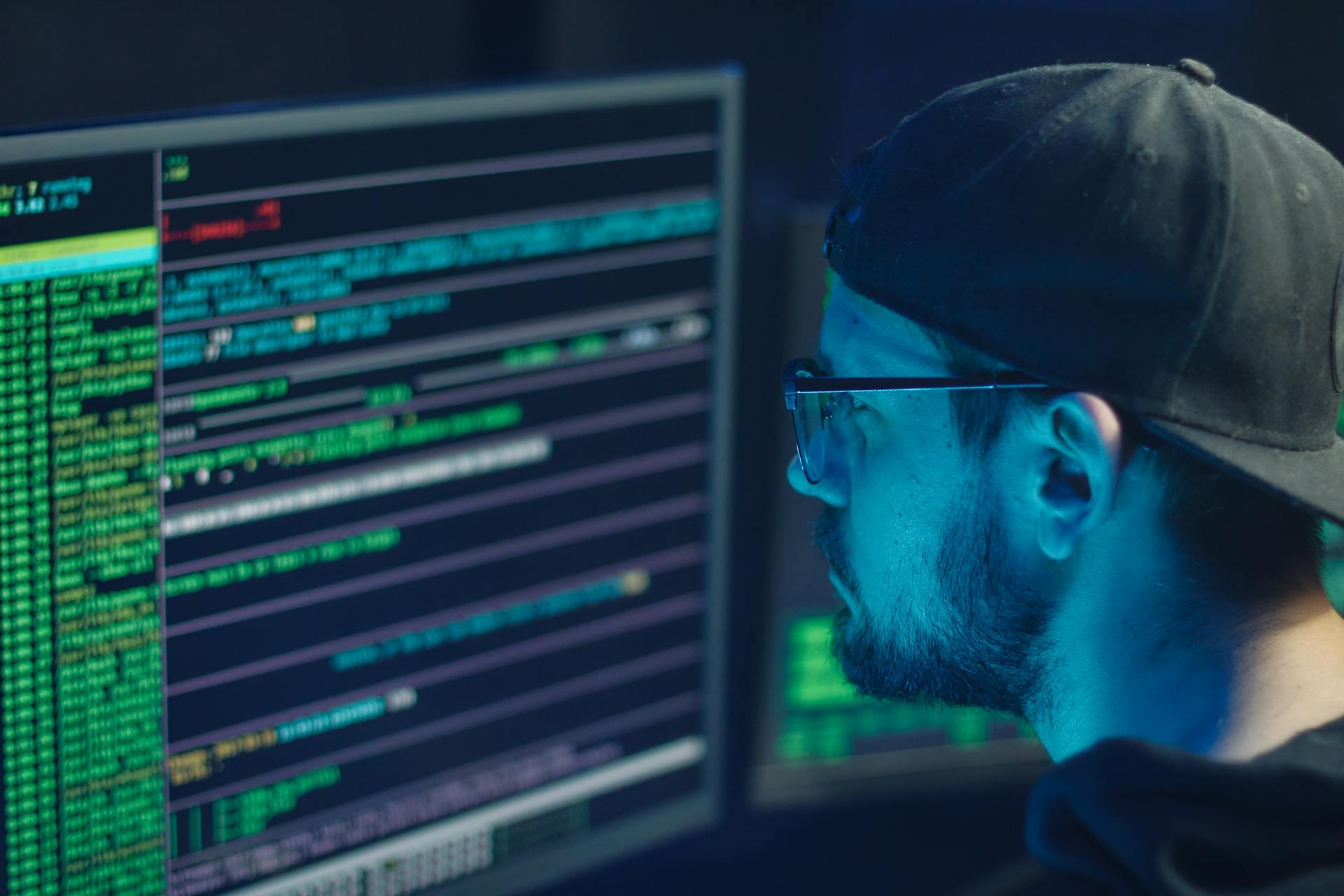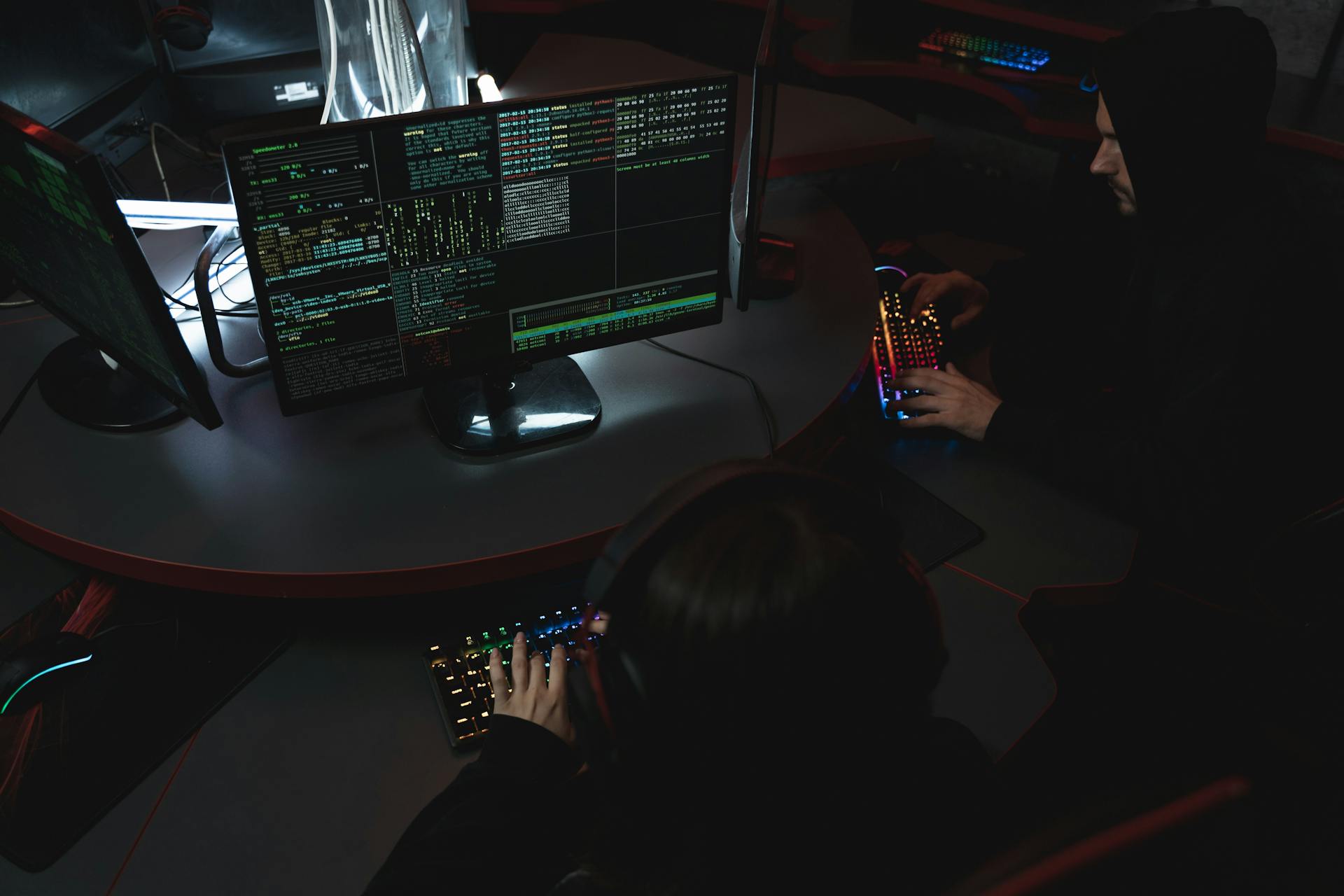
Introduction: A Shifting Cyber Landscape
Cybersecurity in 2025 looks dramatically different from just a few years ago. Artificial intelligence, regulatory changes, and the explosion of connected devices have created a constantly evolving threat landscape. For CISOs and IT leaders, staying ahead isn’t just about deploying the latest tools — it’s about anticipating what comes next.
This blog explores the top cybersecurity trends defining 2025, what risks they bring, and how companies can prepare with the right mix of technology, governance, and human readiness.
Trend 1: AI-Powered Defense (and Offense)
Artificial intelligence is now embedded into almost every aspect of cybersecurity. From threat detection to automated response, AI enables faster and smarter defenses. But the same tools are also being used by attackers.
What’s happening in 2025:
-
Generative AI phishing emails that bypass traditional filters.
-
Deepfake video and voice attacks that target executives.
-
Prompt injection attacks against tools like ChatGPT and GitHub Copilot.
Companies need AI for defense, but they must also prepare for AI-driven attacks. KMicro helps organizations strengthen their resilience with tailored cybersecurity solutions that balance automation with human oversight.
Trend 2: Post-Quantum Encryption
Quantum computing isn’t mainstream yet, but its potential to break traditional encryption algorithms has made post-quantum security a top priority. In 2025, forward-looking enterprises are beginning migration plans.
-
The U.S. National Institute of Standards and Technology (NIST) has recommended quantum-resistant algorithms.
-
Regulators are urging companies handling sensitive financial and healthcare data to adopt quantum-safe practices.
-
CISOs are expected to include post-quantum strategies in their roadmaps now, not later.
By combining modern encryption with IT managed services, organizations can future-proof their security posture.
Trend 3: IoT and OT Security
The number of Internet of Things (IoT) and Operational Technology (OT) devices in use worldwide has exploded. In 2025, everything from smart factories to hospital equipment is connected — and vulnerable.
Challenges include:
-
Lack of built-in device security.
-
Patch management across massive device fleets.
-
Growing risk of ransomware in critical infrastructure.
Companies adopting IoT must prioritize network segmentation, continuous monitoring, and device authentication. KMicro’s modern workplace solutions integrate security directly into the way employees and devices connect, reducing exposure while keeping productivity high.
Trend 4: Double and Triple Extortion Ransomware
Ransomware is no longer just about encrypting data. In 2025, attackers:
-
Encrypt systems.
-
Steal sensitive data.
-
Threaten to leak or sell it unless additional payments are made.
This double and triple extortion model creates immense pressure on organizations to pay. Even companies with backups are at risk of reputational damage and regulatory penalties.
CISOs need layered strategies that include backup, incident response, and user training. KMicro’s business application services help companies embed resilience directly into daily workflows, ensuring critical data is always protected.
Trend 5: Regulatory Expansion and Compliance Pressure
Data privacy and security regulations are expanding rapidly:
-
SEC rules (U.S.) now require rapid disclosure of material cyber incidents.
-
GDPR updates (EU) tighten penalties for cross-border data misuse.
-
CCPA expansions (California) place more responsibility on businesses to safeguard consumer data.
Organizations without a strong compliance framework risk fines, lawsuits, and reputational harm. Many CISOs are turning to CSP licensing support and integrated governance tools to ensure they meet regulatory requirements while keeping operations efficient.
Trend 6: Human-Centered Cybersecurity
Despite AI and automation, humans remain the most important part of defense. In 2025:
-
Phishing continues to be the leading cause of breaches.
-
Employees are targeted with AI-generated scams.
-
Security awareness training remains essential.
Technology can only go so far. CISOs who invest in ongoing employee education, phishing simulations, and behavioral monitoring will see fewer incidents. This human-first approach complements advanced defenses, creating a stronger overall strategy.
With tools like Microsoft Copilot and other AI assistants being widely adopted in enterprises, user awareness around data handling is more important than ever.
Trend 7: Cloud and Hybrid Security Challenges
Hybrid and multi-cloud adoption continues to rise, but so do risks:
-
Shadow IT leads to unmonitored data flows.
-
Misconfigured cloud services expose sensitive assets.
-
Cross-cloud compliance creates audit headaches.
In 2025, companies are shifting to zero-trust architectures and governance models that span multiple platforms. Partnering with experts like KMicro ensures organizations gain the right mix of cloud security, compliance alignment, and proactive monitoring.
Trend 8: Proactive Threat Hunting and MXDR
Reactive security is no longer enough. Modern CISOs are investing in:
-
Managed Detection & Response (MDR).
-
Threat hunting teams that actively search for hidden intrusions.
-
Extended Detection & Response (XDR) to unify security across endpoints, networks, and cloud.
This proactive model helps organizations stop attacks before they escalate. With KMicro’s expertise in cybersecurity and enterprise IT services, businesses can stay ahead of sophisticated adversaries.
Conclusion: Preparing for the Future of Cybersecurity
2025 will test CISOs like never before. AI-driven attacks, quantum computing risks, stricter regulations, and evolving ransomware tactics demand a holistic, forward-looking strategy.
The organizations that succeed will be those that:
-
Combine AI-powered defense with human training.
-
Begin adopting quantum-resistant encryption.
-
Harden IoT and hybrid cloud environments.
-
Integrate compliance into daily operations.
-
Invest in proactive detection and response.
Cybersecurity is no longer just an IT issue — it’s a business survival issue. By partnering with experts like KMicro, CISOs can align technology, processes, and people to meet the challenges of today while preparing for tomorrow.
Stay informed and ready by following our news blog for the latest updates and strategies.
-

Post-Quantum Security: Preparing for the Next Encryption Breakthrough
31 Oct, 2025
-

Human-Led SOCs: The Future of Threat Detection and Response
31 Oct, 2025
-

Cyber Resilience by Design: Embedding Security into Every Layer of the Enterprise
31 Oct, 2025
-

The Rise of Deepfake Threats: How AI Red Teams Are Fighting Back
31 Oct, 2025
-

From Data Lakes to Defense Lakes: Using Log Analytics to Power Smarter Cybersecurity
31 Oct, 2025